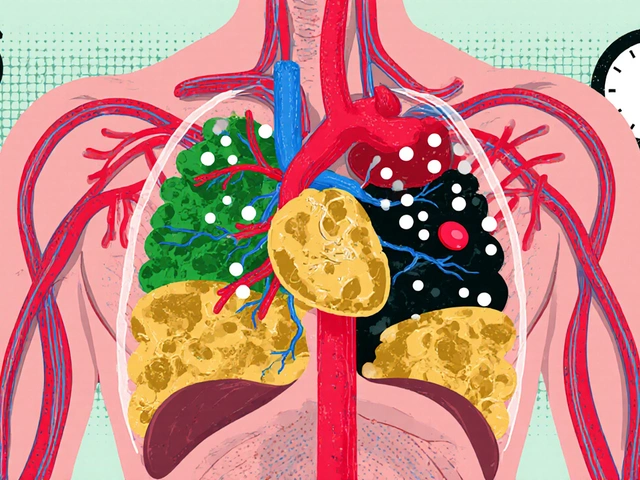When you're pregnant and diagnosed with Gestational Diabetes Mellitus, a type of diabetes that develops during pregnancy due to hormonal changes affecting insulin response. Also known as GDM, it affects about 1 in 10 pregnant women and usually goes away after birth—but how you manage it now matters for both your health and your baby’s. Unlike type 1 or type 2 diabetes, GDM isn’t about running out of insulin—it’s about your body not using it well because of pregnancy hormones. The good news? You can control it with simple, daily habits that don’t require fancy tools or extreme diets.
Managing GDM means keeping your blood sugar in a safe range, which reduces risks like big babies, early delivery, or future type 2 diabetes for you. It’s not about cutting out sugar entirely—it’s about choosing the right carbs, spreading meals out, and moving your body. Eating small, balanced meals every 3–4 hours helps prevent spikes. Pairing carbs with protein or healthy fats—like apple slices with peanut butter or whole grain toast with eggs—slows down sugar absorption. Walking for 20 minutes after meals is one of the most effective, research-backed ways to lower post-meal glucose levels. Studies show it works as well as some medications for many women.
Monitoring your blood sugar at home is part of the process, but it’s not meant to stress you out. Most doctors ask for fasting and post-meal checks using a simple glucometer. You’re not looking for perfection—just patterns. If your numbers stay high despite diet and walking, your provider might suggest insulin or metformin, both safe during pregnancy. Don’t fear medication if it’s needed; it’s not a failure—it’s just another tool. The goal isn’t to be perfect, it’s to stay in control.
What you eat matters just as much as how often you eat. Focus on whole foods: vegetables, lean proteins, legumes, nuts, and whole grains. Avoid sugary drinks, white bread, and processed snacks. Even fruit should be eaten in moderation and paired with protein. Hydration helps too—water flushes out extra glucose and keeps you from mistaking thirst for hunger. And don’t forget sleep and stress management; both can raise blood sugar, even if you’re eating right.
Below, you’ll find real, practical guides from women who’ve been there—how to build a GDM-friendly meal plan, what supplements might help, how to track your progress without obsession, and when to ask for help. These aren’t theory pieces. They’re step-by-step, no-fluff advice from people who managed GDM and kept their pregnancies on track. Whether you’re just diagnosed or feeling overwhelmed, you’ll find what works—not what’s sold online.

Learn how to manage gestational diabetes with diet, exercise, and blood sugar monitoring to reduce risks during pregnancy and protect long-term health for both mother and baby.

Compare Penegra (sildenafil) with leading ED alternatives like Viagra, Cialis, Levitra, and Stendra. Learn differences in onset, duration, side effects, and price to find the right medication.

Explore canadian-medshop-247.com—how it works, if it's safe, real tips on online prescriptions, and ways to save money on your medication orders.

Coronary artery disease, caused by atherosclerosis, is the leading cause of death worldwide. Learn how plaque builds up, who’s at risk, and what treatments actually work-based on the latest 2023 guidelines.

Get the scoop on the best drugstore loyalty programs for 2025! This in-depth guide explores reward structures, cash-back perks, and prescription savings at America's top pharmacies. Discover how to maximize your points, snag exclusive discounts, and see which programs actually put money back in your pocket. If you're serious about squeezing every dollar out of your drugstore trips, you'll want these insider tips and honest rankings.

Explore the complete journey of latanoprost-from its chemical breakthrough and clinical trials to FDA approval and its role in modern glaucoma therapy.